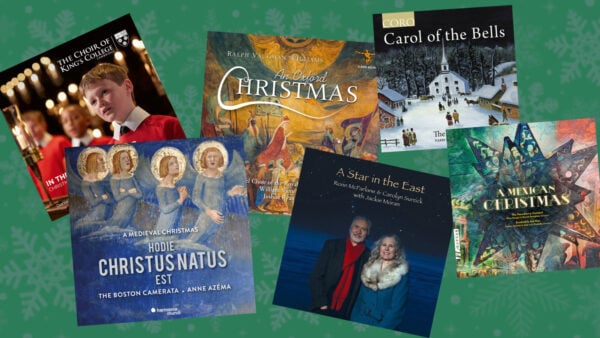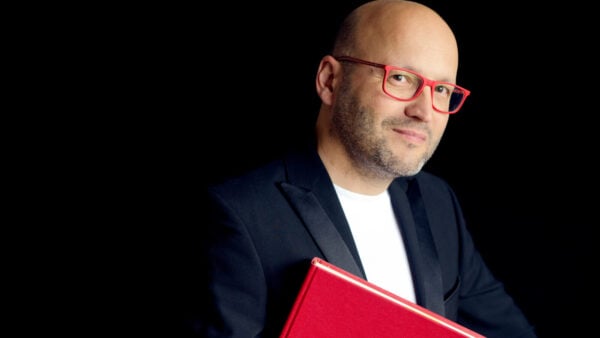 Imagine you are looking at a table that is holding two instruments. The first is handheld and made of wood, about 14 inches long, with four strings, tuning pegs, and a bow alongside. That is a violin. The second instrument is also around 14 inches long, with four strings, a wooden body, and an identical looking bow. That is a fiddle. The two objects look exactly the same… so what's the difference?
Imagine you are looking at a table that is holding two instruments. The first is handheld and made of wood, about 14 inches long, with four strings, tuning pegs, and a bow alongside. That is a violin. The second instrument is also around 14 inches long, with four strings, a wooden body, and an identical looking bow. That is a fiddle. The two objects look exactly the same… so what's the difference?
To answer this, we must first look into the history books. Linguists differ on where the word “fiddle” comes from, but many agree that the latin word fidula, or the Old English fiðele, seems to be its predecessor. The linguistic line leading to “fiddle” seems to have been used more frequently in Northern and Western Europe: during medieval times, any instrument played with a bow would have been considered a fidula. These instruments had little standardization. While they were all played on the shoulder, fidulas varied greatly in body shape, neck length, number of strings, and bow sizes.
The word “violin”, on the other hand, has a specifically Italian origin. It can be traced back to the Latin word “vitula” (meaning “stringed instrument”), which later developed into “vielle” in French and “violino” in Italian. Unlike the fidula, the size and shape of the violino became standardized in Northern Italy around the 1550s. This standardization and generally high quality meant that early violono makers were often hired to provide instruments to various noble courts. Then came the “golden era” – a boom of incredible craftsmen like Antonio Stradivari and Giuseppe Guarnieri in the late 1600s - early 1700s, whose work only solidified the violino’s reputation as a “superior" stringed instrument.

Oil painting from a private collection attributed to Elias van Nijmegen. Still life composed of diverse baroque instruments, including a viola da gamba, violin, lute, chamber organ, recorder, oboe, bassoon, flute, panpipe, hunting horn, bagpipe, hurdy-gurdy, and triangle. between 1700 and 1750
It was the violino makers of Italy that set the standard for what we now call the violin. There is no definite cut off on when one term succeeded the other, but the influence of instrument makers in Italy seems to have contributed to the popularization of this term.
These days, it is far more common to hear the word “fiddle” used as a friendly nickname, and “violin” as the official name of the instrument. Yet fiddle also carries with it multiple alternate meanings. While “violin” exists only as a noun, the word fiddle can also be used as a verb. “Fiddle” or “fiddling” refers to the act of playing on the fiddle – for example, in an exclamatory sense, such as the sentence: No one can fiddle like Bob! “Fiddle” can also appear as a verb that means to tinker with something. It is not entirely clear how this meaning became attributed to the word. Perhaps it refers to the way fiddle players often tinker with a melody, improvising around it and adding their own stylistic flair.

Joe Izzard playing the fiddle. Nova Scotia Archives (Photo: See page for author, Public domain, via Wikimedia Commons)
It is this last note of style that often determines when an instrument is called a fiddle versus a violin. The consensus is that a fiddle refers to a violin played in a folk manner, which differs slightly from country to country. In Mexico, fiddle is associated with Mariachi style music. Various Jewish traditions are also more prone to using a “fiddle” than a violin. In the United States, fiddle is linked with bluegrass, Irish, Scottish, African-American string band music and any derivative American styles of music.
No matter the genre, fiddle style has a few staunch differences when compared to classical music. Classical playing relies on vibrato and varying bowings, with a general goal of prioritizing melody. Fiddle playing, on the other hand, incorporates long, fast phrases of notes along with more frequent uses of slides, heavily accented bowing, and double stops (more than one note being played at the same time.) The primary goal of much fiddle music is energy and dance-ability.
The biggest difference between classical and fiddle styles lies in the music itself. Fiddle music is found in various folk traditions, where players seldom use sheet music. Fiddling relies on learning a song’s main melody well enough to be able to repeat that melody, and improvise at will. These melodies are usually passed down through oral or folk traditions. Pieces are also frequently shorter than the average piece of classical music.
So are there visible differences between a fiddle and a violin? Not really. Violins and fiddles are exactly the same instrument. That being said, fiddle players might occasionally “fiddle” with their instruments to better suit their playing style. Some players opt to flatten the bridge to make double stops and chord rolls easier. Others may use steel strings instead of the synthetic core strings preferred by most classical musicians. Players may also choose to hold the bow in an alternate style, or hold the instrument down by the arm instead of by the chin to allow for singing harmonies.
All in all, the words “violin” and “fiddle” signify two different approaches players take to the same instrument. Many of the best players in the world like Itzhak Perlman and Yehudi Menuhin know: enjoying music made by both fiddlers and violinists only help to expand the world of possibilities for this beloved instrument.
Jam session, anyone?






